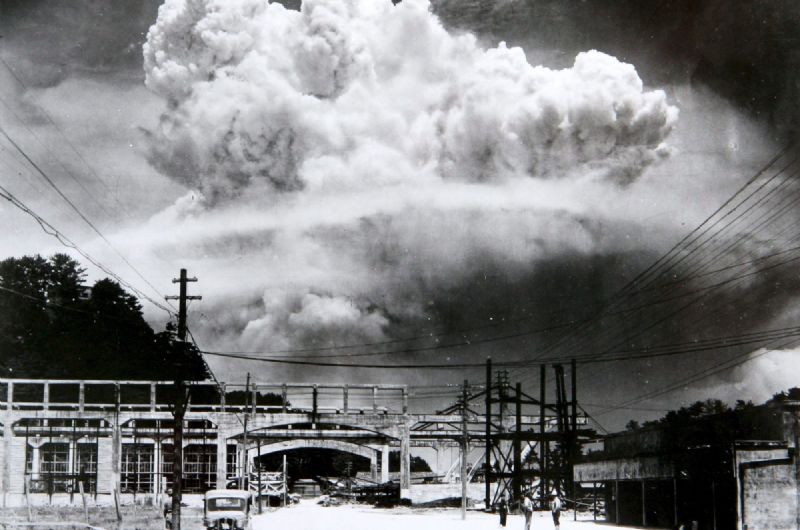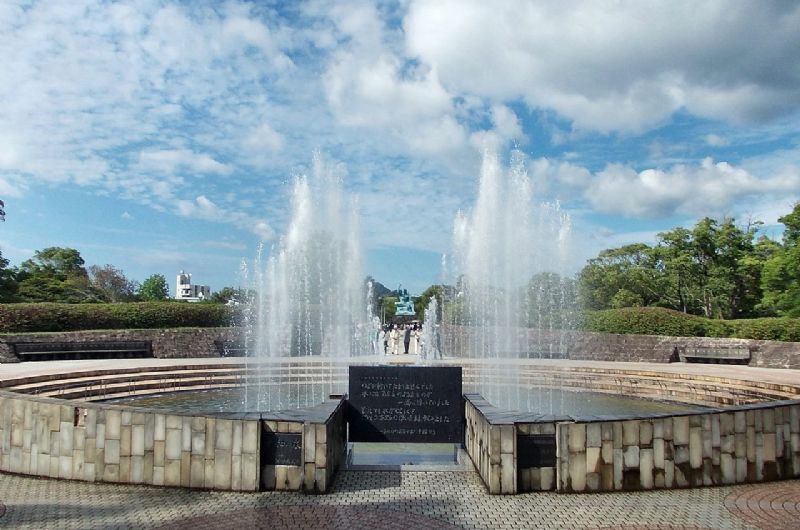Nagasaki Peace Park
During the Second World War, on August 9, 1945, at 11:02 a.m., the B-29 Bockscar piloted by Charles Sweeney from Tinian in the Northern Mariana Islands dropped the Fat Man atomic bomb on the city: it exploded at an altitude of 580 m, over the Urakami district. It was the second nuclear explosion in Japan, three days after Hiroshima. The bomb was a plutonium bomb with a yield of 21 to 23 kilotons, different from the Hiroshima bomb (uranium 235, yielding 15 kilotons), but similar to the Trinity test carried out at Alamogordo on July 15, 1945. The Hiroshima scenario was repeated, only slightly less deadly. Nagasaki's topography made it a more open site, whereas the hills surrounding Hiroshima had amplified the devastating effects of the explosion. Some 35,000 of Nagasaki's 240,000 inhabitants were killed - including 2,000 Korean forced laborers, 23,200 to 27,200 Japanese industrial workers, 150 Japanese soldiers, and 8 Allied prisoners of war. The Urakami Christian Cathedral, Japan's main Catholic place of worship, almost directly above the drop (known as the hypocenter) and mistaken for a harbor building, was completely destroyed. The bomber was supposed to target the Mitsubishi docks. But the B-29's initial target was Kokura, which has since become a district of Kitakyūshū, north of Kyushu: despite three Bockscar overflights, the clouds saved this town. Wikipedia source



